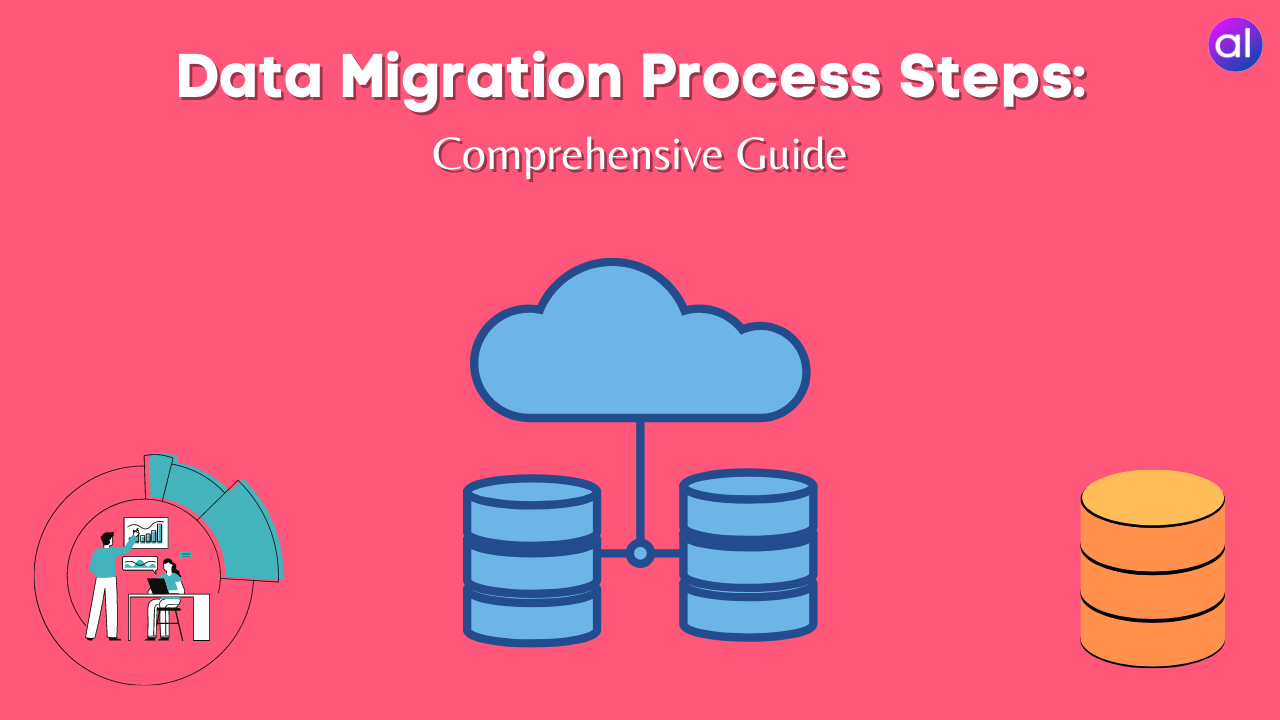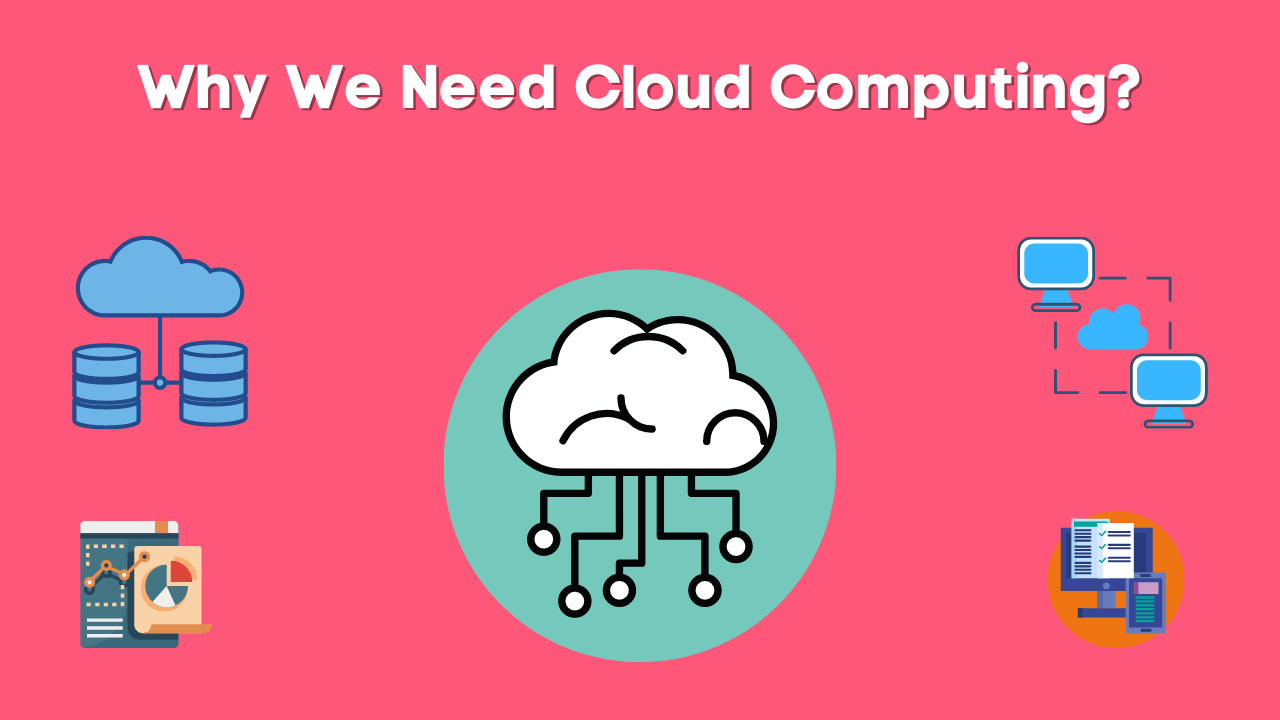In this blog, we will discuss what is data migration and what are the different Data Migration Process Steps we can follow.
Migrating data from one system to another can be an overwhelming task without the right process in place to follow.
This six-step process provides a clear and thorough approach to data migration, making the whole process less stressful and much more successful.
What is Data Migration?
Data migration is a complicated process, but it’s not something to be afraid of. It is comprised of several major stages that each involve their own set of tasks and potential challenges.
The process often starts with data discovery identifying what data exists, where it’s located, and how it is used.
The next step is working out how to capture that data, then you need to figure out what format your new system will require and find a way to transfer your data into that format.
You can divide Data Migration into six stages: Evaluation, Data preparation, Testing, and Transformation, Validation and Production Verification, Production Validation.
Data migration or data move is performed in such cases as company acquisitions or mergers; a new application installation; if an organization needs to reduce its number of databases so it can rely on one database only (single point of access); if an organization needs to merge two or more separate systems onto one platform.
Why a Data Migration Strategy is Important?
To ensure that a project meets or exceeds expectations, it’s important to understand your specific data migration requirements, as well as how a provider is going to fulfill them.
Before you begin your search for a data migration expert, outline your strategy.
The process may take several weeks or months and include multiple meetings and conversations with potential service providers before you’re ready to move forward.
Data migrations are only successful when they are carefully planned and executed correctly every step of the way.
Though every business is different, the data migration process six steps can help provide a blueprint for a more successful project.
6 Steps for Data Migration Process
Before undertaking a large data migration project, many businesses will hire an outside consultant to evaluate what their needs are and how they can be accomplished.
Instead of including those Data Migration steps in your process from beginning to end (as is often done with other processes), break down your process into six steps:
- Project scoping.
- Resource evaluation.
- Migration design.
- Testing design.
- Development.
- Execution.
Data migration is most successful when it’s broken down and executed over time in a gradual way that helps both teams focus on smaller chunks of information at once instead of large swaths all at once.
1) Project Scoping
Data migration projects are often complicated, with many interrelated factors to consider.
To ensure your data is transferred as efficiently and effectively as possible, it’s important to identify these variables upfront.
Determining which data you need to migrate, and why you need it, will help you design a smooth and seamless process from start to finish.
After all, a project scoping exercise can be time-consuming but not doing one at all may mean your data migration project never gets off the ground!
2) Resource Evaluation
The data migration process often involves more than just a single technology or software package.
The first step in developing a successful migration strategy is to evaluate each resource and assign proper resources to migrate each type of resource that needs to be migrated.
Technology is only part of the challenge, as data migrations also involve time, money, people, effort, and processes.
It’s important to determine which resources will be required in order to meet project objectives and reach deliverables on time.
Migrating data can be complicated work and understanding what resources are available before beginning a data migration is critical to achieving success.
Planning: After assessing your organization’s strengths (and weaknesses) in terms of internal versus external capabilities, you should start planning how long it will take to complete each stage of your data migration.
3) Migration Design
With so many different approaches to data migration available, it’s important to evaluate and select your technology stack.
You should consider factors such as database types, compatibility with data sources and existing infrastructure, ease of implementation, and ongoing maintenance cost.
When choosing a data migration solution or service provider you should assess their design approach; is it iterative? Is it a waterfall? Does it utilize a dedicated team or automated processes?
With all things considered, are you able to meet your data migration goals in a timely manner?
4) Testing Design
Testing plays a critical role in every data migration process. Whether you’re moving a couple of gigabytes or more than 10 petabytes, testing is not just nice to have, it’s a requirement.
To do that well, you need to design your test methodology (yes, one exists) and have someone who understands data migration lead it.
One company I worked with used its QA group; another hired an external consultant to help them execute their plan.
5) Development
Developing a data migration process is about more than just building code. It also includes project scoping, resource evaluation, migration design, testing design, and execution.
Some data migrations can be done in one big fell swoop (like moving your company’s data from an on-premise server to a cloud solution).
Others require smaller iterations with each iteration used to test whether or not data is being migrated correctly.
The key question that you must answer when developing a data migration process: How much data do we need to migrate? The volume of data may impact how much time you will spend on development.
The volume of data could mean that it would take several months or even longer complete the entire project.
This puts extra pressure on developers who have to complete large projects in little time while still making sure that they are doing things correctly.
Related Article: Top 10 Benefits of Cloud Computing.
6) Execution Process
Data migration execution is going to happen when you start and run your data migration process.
Executing data migration is a tricky process, The process begins with considering what you’re about to do, and where it’s being done.
A sample data migration plan can be prepared during the Data scoping stage and executed as per guidelines of the Data execution plan.
Plan data migrations will be just that plans until they’re carried out. Unless you have massive amounts of data or lots of dependencies on other people’s systems, often ad-hoc execution will work best.
Data does not move perfectly in any environment, so data migration should not be expected to go off without hiccups.
Plan for those hiccups by defining clearly what an acceptable level of error looks like along every step in your data flow: When should errors be noticed? Is partial information (i.e., a percentage or number) good enough if most of your data have been successfully migrated? If there are certain conditions under which errors must prompt immediate human intervention or halt execution altogether?
Different Data Migration Softwares
Data migration is not as straightforward a process as it might seem. Though there are many ways to accomplish data transfer between different programs, some options offer more flexibility than others.
The following list of data migration software helps you find your best option for transferring data effectively.
- Data Transformation Toolkit (DTT) – Company: IBM Software
- DB Export – Company: Progress Software Inc
- Data Translation – Company: Seagate Software
- Informatica PowerCenter – Company: Informatica Corporation
This is a list of data migration software and Some Tools are in Freeware or Sofware as a Service(SaaS) – these are commonly used to migrate small volumes of data that do not require high-end infrastructures like data centers or their own technical team.
Related Article: What is Data Pipeline? Steps, Types, Components
Data Migration Projects and Cost
For example, if you’re starting a project to migrate customer data from one system to another, what does that mean for your customer service department? Does it need new software or training? What about marketing, accounting, and your other business units?
Will you need an off-site data center or more computer servers in your offices to accommodate more users and transactions? Make sure that everyone is on board with your plan before you proceed.
Otherwise, they may balk when they see how much it will cost them. If you get buy-in upfront, then they are likely to support everything you need to do while migrating data.
Data migration projects are among some of the most complex technology projects companies undertake and tech isn’t cheap.
You can reduce costs by organizing a pilot program or two before embarking on full migrations this way, as you learn lessons along the way, changes can be made as needed and budgets are reallocated accordingly.
Not only is piloting cheaper but often migration goes quicker than expected because testers learn valuable tricks of the trade during their testing phase.
Conclusion
In conclusion, data migration process steps need to be considered from a business case and from technical analysis.
Business decision-makers must evaluate existing data sources with respect to projected future requirements in order to determine an appropriate strategy.
Technical personnel must develop an approach that balances cost against risk against the current use of data source systems.
And so it is with data migration: It’s important that we consider both how new data can be delivered to our end users (strategic) as well as how we will move or port that data from its point of origin (operational).
The most successful plans do exactly that and create a plan within which every piece fits cleanly together.
Related Article: What is Statistical Modeling? – Use, Types, Applications

Presenting the Data Engineer Team, a dedicated group of IT professionals who serve as valuable contributors to analyticslearn.com as authors. Comprising skilled data engineers, this team consists of adept technical writers specializing in various data engineering tools and technologies. Their collective mission is to foster a more skillful community for Data Engineers and learners alike. Join us as we delve into insightful content curated by this proficient team, aimed at enriching your knowledge and expertise in the realm of data engineering.










